What do you want out of your synth? What capabilities should it have? Most importantly, what sound are you trying to achieve? In this article, we will take a look at all kinds of synth types in order to help you conclude on an age old question. “What synth is the one for me?”
HARDWARE OR SOFTWARE
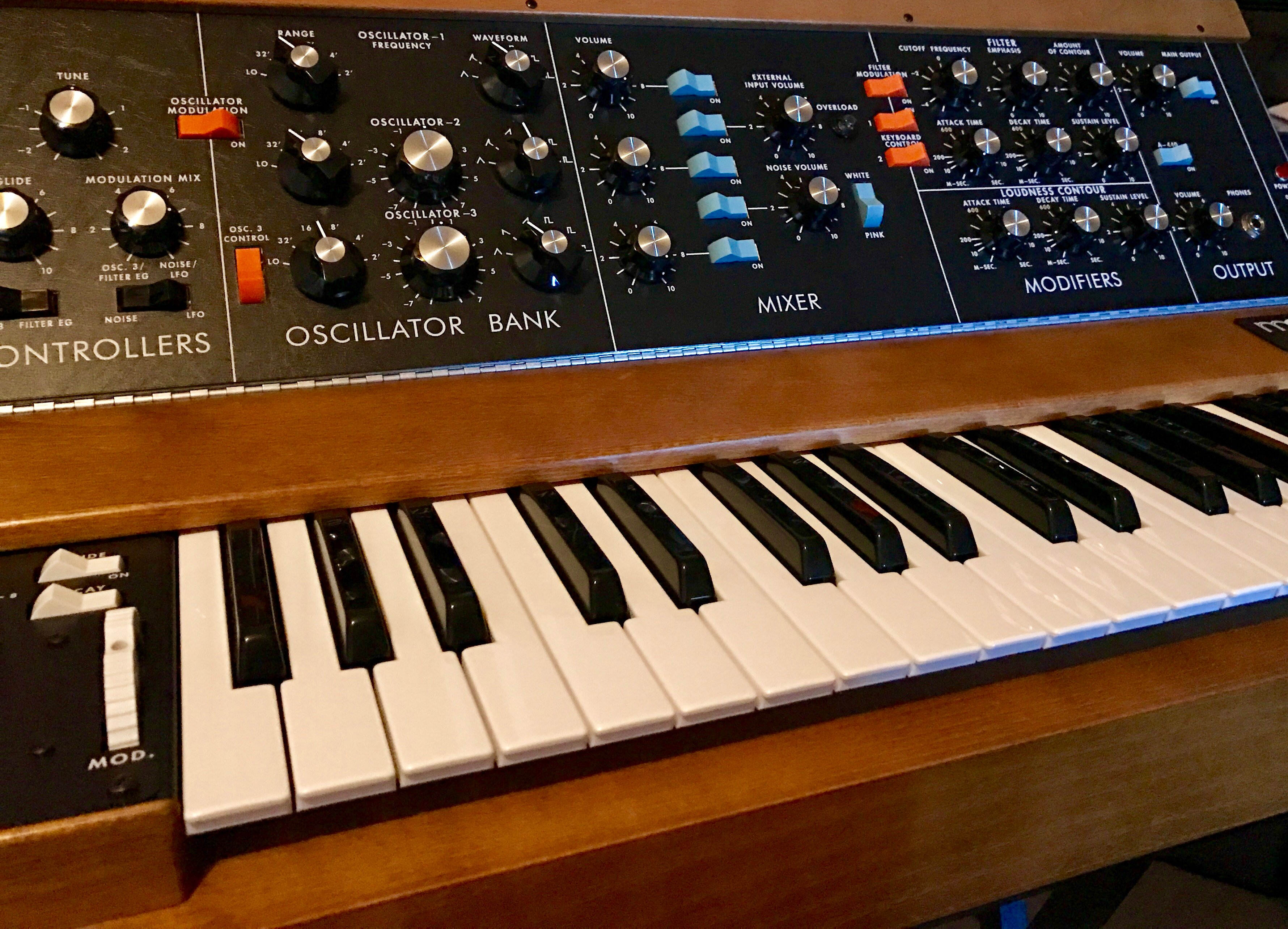
The easiest decision to make is usually should it be hardware or software? What is the difference, aside from the obvious that one is an actual piece of equipment you can hold in your hand and the other is computer based? Here are some differences and things to consider.
- Price. A Minimoog can cost anywhere from $1400 to $9000. Serum will cost you $189.
- Portability. An 88 key keyboard can be heavy. Software on a laptop can weigh less than a house cat.
- Troubleshooting. If your keyboard has an issue, it’s the keyboard. If your soft synth doesn’t work, it could be a driver, it could be your DAW, it could be your O/S, it could be your speakers, it could be your audio interface.
- Playability. Hardware has no other function other than what it is designed for. Your system, on the other hand, may want to update or maybe running things in the background.
- Control. Again your hardware can do what it was designed to do. You could run it through hardware effects but there will be some boundaries as to what you can do. The software can be expanded without any cables on the floor, however it will eat up your CPU.
For most hardware, there is a software emulator. The drawback is, not all are 100% to the original.
MONOPHONIC OR POLYPHONIC
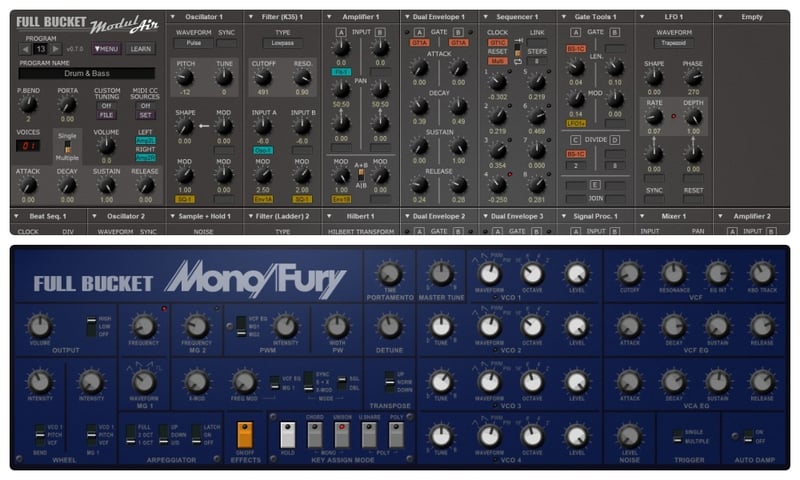
How many notes can the synth play at once? Monosynths can only play one note at a time, while polysynths can play 2 or more. If you try to play 2 or more notes at a time on monophonic synth some will play the lowest single note. Called low note priority. Some will play the highest single note. Called high note priority. Either way Mono = 1.
Polyphonic allows multiple “voices” to output at one time. This doesn’t stop at the number of fingers that you have. Some synths are capable of over 128 polyphonic notes at one time.
- Monophonic. Great for bass lines and leads.
- Polyphonic. Great for chords.
SUBTRACTIVE OR ADDITIVE
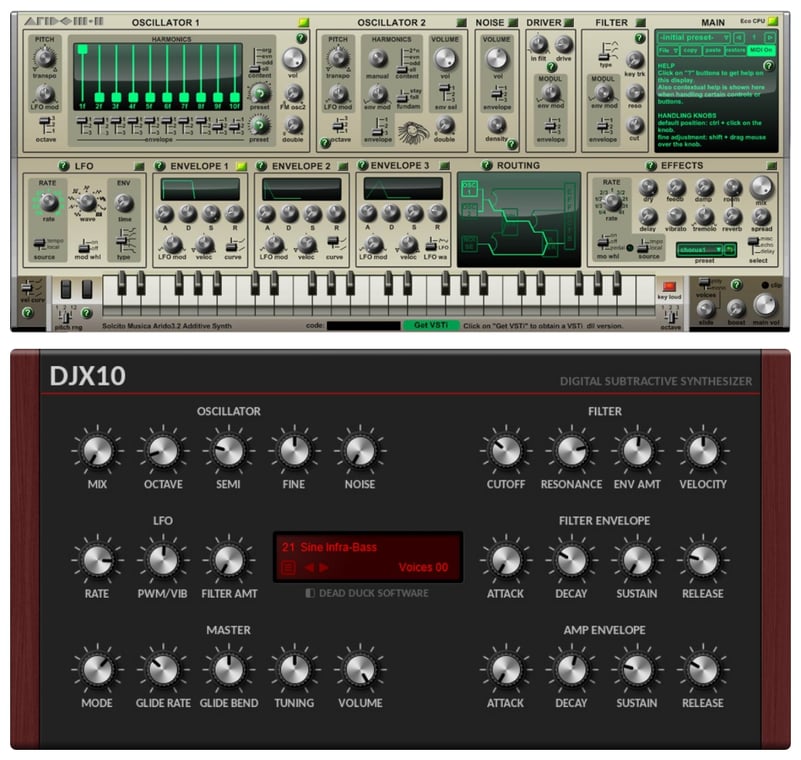
Subtractive synths begin with an oscillator generated waveform. You can then use a filter to remove unwanted frequencies. There are several filters that allow you to shape the sound. The biggest one being the “cut off filter". This filter determines the point in which the filter blocks frequencies. Other filter functions include low pass, high pass, and band pass.
- Low:Pass. Removes frequencies above the cutoff frequency.
- High:Pass. Removes frequencies below the cutoff frequency.
- Band:Pass. Allows a narrow band of frequencies above and below the cutoff frequency through.
Think of subtractive as big a slab of concrete. Get a pick, a hammer and begin chopping away until you have your design.
Additive synths operate by the combination of multiple wave types at different frequencies. By adding these waves together the end result is more harmonically rich. Additive is like taking variations of the color red and the color blue, mixing them together and getting a shade of green that is more vibrant than a standard green.
FM OR PM
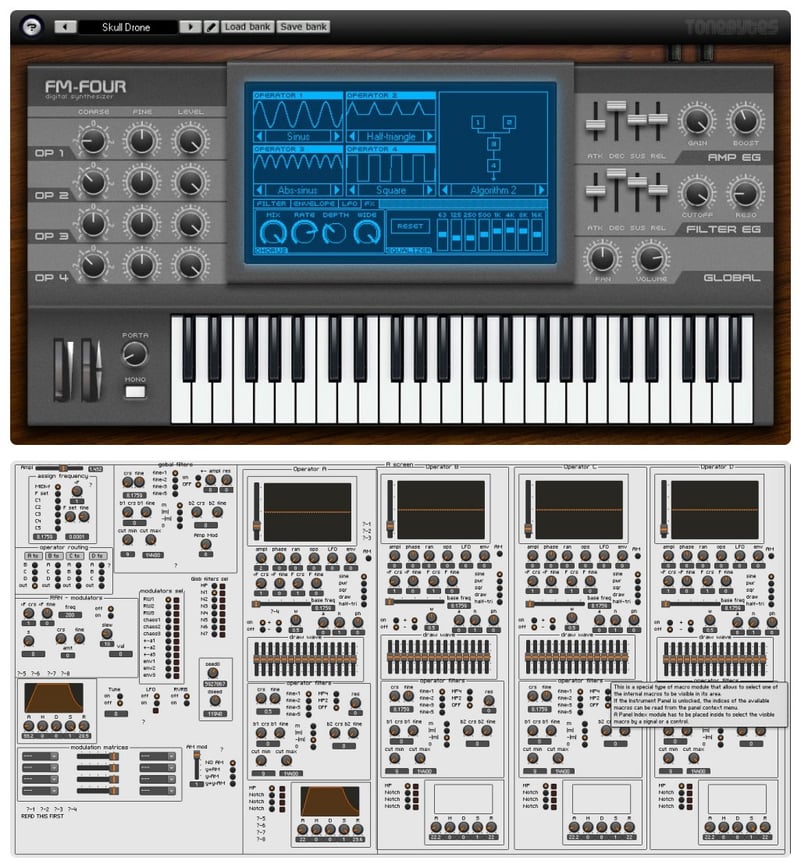
Frequency modulation or phase modulation. FM synths involve at least two generators to create and modify a sound. The sounds typically carry inharmonic overtones. FM synths have a unique way of creating a sound and it is not easily duplicated by any other type of synth.
A PM synth allows you to change the phase angle of the modulator rather than the frequency.
WAVETABLE

Wavetable synths feature sampled sounds. From there you can then shape the sound to fit your needs. Generally these types of synths are great for beginners as they have preexisting sounds of other synths and real world instruments that are ready to go. They then have the ability to shape the sound from there.
The other type of wavetable synth finds a repeating pattern within a wave and can isolate that point and stores it in different "tables". Then when you want to reproduce any certain sound, it loads the wave and automatically loops it.
ROMPLER
These types of synths allow you to play audio samples that are stored in ROM chips in order to generate sounds.
TOP SYNTHS
Now let's look into the top soft synths for EDM and see what they are made of. This list will include factory description and specs. This is to ensure accuracy.
Reveal Sound SPIRE
- Type - Polyphonic Software Synthesizer.
- Oscillators - 4x multimode polymorphing oscillators (classic, noise, FM, AMsync, sawPWM).
- Unison Voices - 9x unison voices on each oscillator.
- Who uses Spire - Blasterjaax, The Glitch Mob, Driftmoon, Luftrum, Armin van Buuren, Hardwell.
Xfer SERUM
- Type - Wavetable Synth.
- Oscillators - Dual Wavetable.
- Unison Voices - 16.
- Who uses Serum - Deadmau5, Skrillex, Audien, Borgore, BT, Don Diablo.
Lennar Digital SYLENTH1
- Type - Virtual Analog.
- Oscillators - 4 unison.
- Unison Voices - 512.
- Who uses Sylenth1 - Avicii, Alesso, Hardwell, Afrojack, Zedd, Knife Party.
ReFX NEXUS
- Type - All in One / ROMpler.
- Features - 1,555 sound:presets divided into 24 categories, 119 arpeggiator:presets, 95 effect:presets.
- Who uses Nexus - Tiesto, Junkie XL, Marshmello, Darude, DADA Life.
MATCHING SOUNDS TO SYNTH
Additive or FM
- Bells
- Bass
- Metallic
Subtractive
- Classic
- Synthetic
Wavetable
- Morphing
Additive
- Realistic
- Strings
- Plucks
Monophonic
- Bass
- Leads
Polyphonic
- Chords
- Strings
If ever you are in doubt about what synth is right for you, always try the demo version first. Even if it is a hardware version in a retail store. Ask for a demonstration. You can even watch tutorials and get a look at how software and hardware are operated.



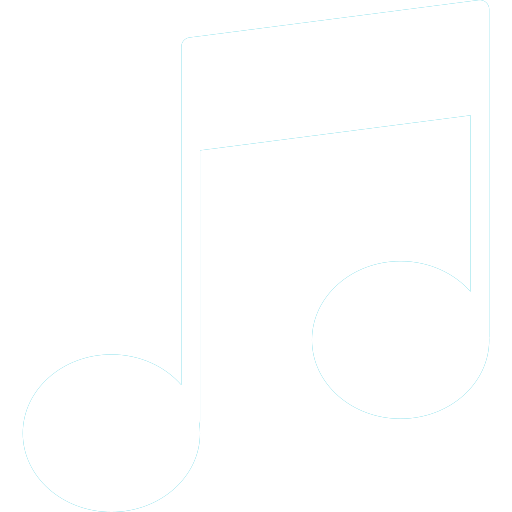

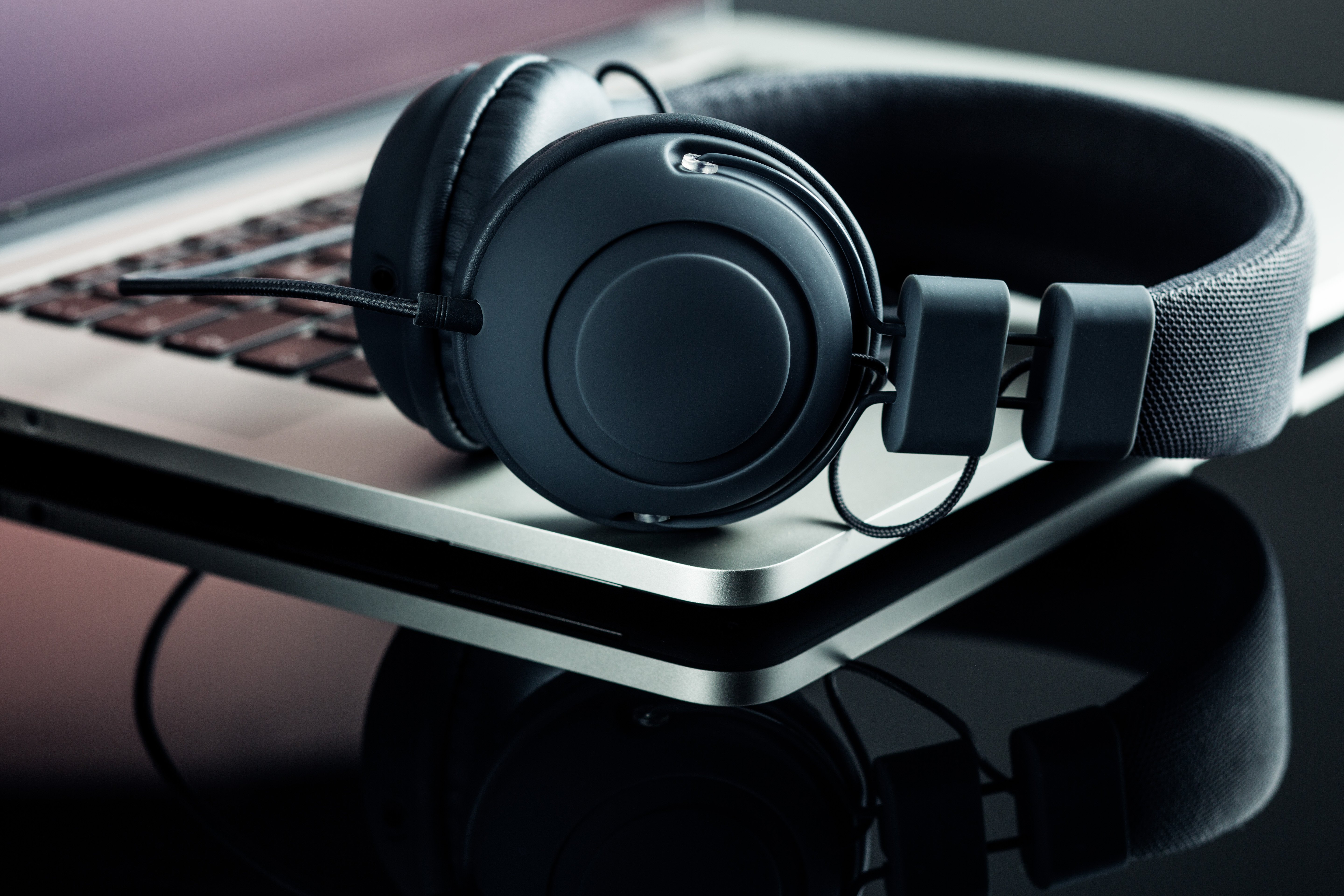

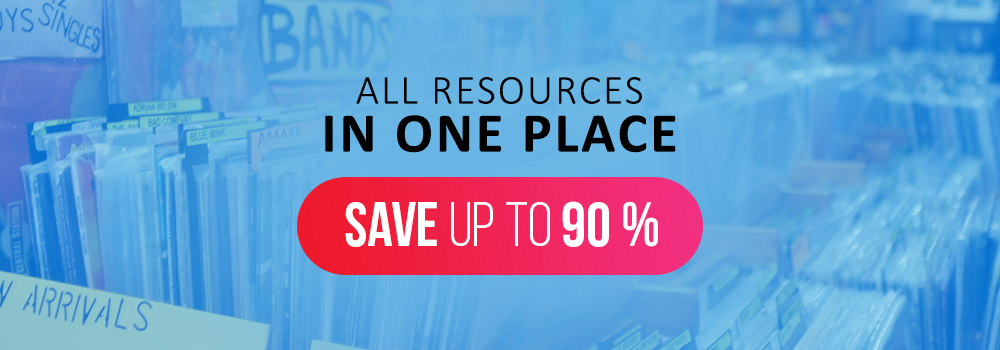
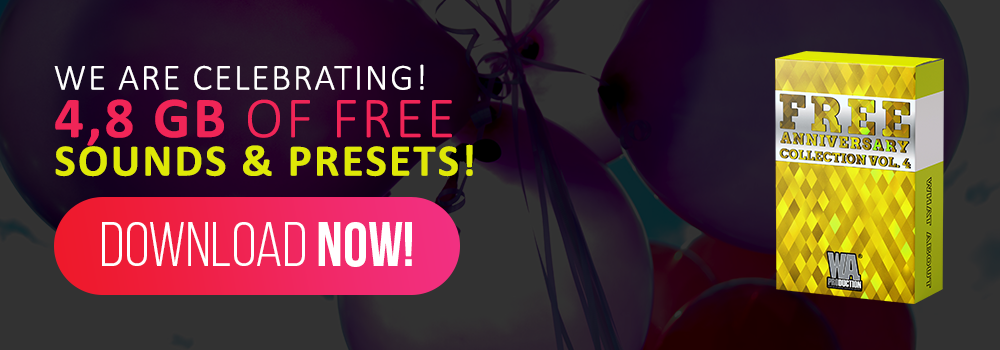
_Cropped.png?width=1600&name=02%20(2)_Cropped.png)











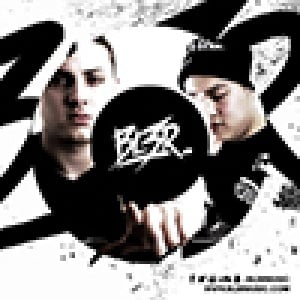


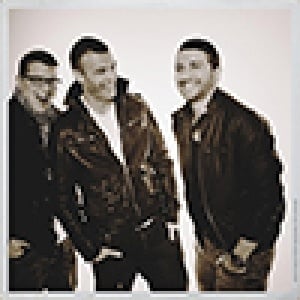





Your Comments :